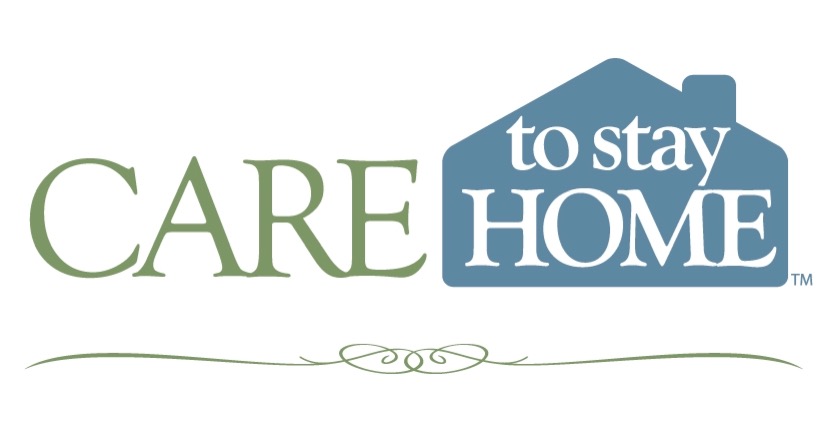02 Mar Common Causes of Vision Loss in Elderly Patients
Vision loss in elderly patients is a serious problem. One in three Amercians over the age of 65 will have some form of disease that causes vision loss.¹ Although age-related vision loss is often assumed to be a natural part of aging, there are a number of underlying causes that can lead to vision loss in the elderly. If left untreated, these conditions can significantly impact an individual’s quality of life.
We’ll explore the hidden causes of vision loss in elderly patients and discuss what you need to know to protect yourself or your loved ones from vision loss.
Lifestyle Choices and Vision Loss Later in Life
Although many causes of vision loss in older adults are largely out of our control, there are lifestyle choices that can contribute to or prevent it. Some of the most common lifestyle choices that can cause vision loss include smoking, inadequate nutrition, and an inactive lifestyle.
Let’s look at each more closely:
- Smoking: Smoking increases the risk of vision loss due to its toxic effects on the eye, such as macular degeneration. Smoking also increases the risk of cataracts by releasing free radicals, which can damage cells in the lens.²
- Inadequate Nutrition: A diet lacking in essential vitamins and minerals can contribute to vision loss. Vitamins A, C, and E, as well as lutein and zeaxanthin, are essential for protecting the eyes from light-induced damage. Without these vitamins and minerals, age-related macular degeneration can occur.³ Carrots, kale, broccoli, citrus, and corn are good sources of these nutrients.
- Inactive Lifestyle: An inactive lifestyle is associated with an increased risk of developing conditions that can cause vision loss. Physical activity has been shown to reduce the risk of developing diabetic retinopathy, glaucoma, and age-related macular degeneration.⁴
It is important to make lifestyle choices that promote healthy vision. Eating a nutritious diet, getting enough physical activity, and avoiding smoking can all help protect your vision in later life. If you are concerned about your vision or have any signs or symptoms of a vision problem, it is important to speak to your doctor.
The Link Between Diabetes and Vision Loss
Diabetic retinopathy is one of the most common causes of vision loss in elderly patients and cases continue to rise. It is caused by high blood sugar levels that damage the small blood vessels in the retina, leading to blurred vision and even complete vision loss. In some cases, it can even cause permanent blindness.⁵
Those with diabetes are at an increased risk of developing diabetic retinopathy, as the high blood sugar levels can damage the tiny vessels in the eyes, as well as other parts of the body. Over time, these vessels become weakened and begin to leak blood and fluid into the retina. This can cause swelling and clouding of the eye, which will lead to vision loss.
It is important for those with diabetes to regularly visit their doctor for check-ups and tests to detect any potential signs of diabetic retinopathy. Early detection and treatment are crucial in order to prevent permanent vision loss. Treatment includes laser therapy, injections into the eye, or a combination of both. Additionally, controlling blood sugar levels can help slow the progression of the disease. Spokane Care also specializes in Diabetes care. For more information, you can visit the following link: https://diabetes.org/?referrer=https://www.spokanecaretostayhome.com/resources/
Age-Related Macular Degeneration
Age-related macular degeneration (AMD) is one of the leading causes of vision loss in elderly patients. It is an eye disease that damages the macula, which is a small area in the center of the retina responsible for sharp central vision.⁶ As a result, those with AMD may have difficulty with activities such as driving, reading, and recognizing faces.
Symptoms of AMD typically include blurriness, straight lines appearing crooked, and changes in color vision. If you experience any of these symptoms, it is important to visit your doctor as soon as possible. Early diagnosis is key in order to begin treatment and slow down the progression of AMD.
Treatment options for AMD include laser therapy and medications. In addition, certain lifestyle modifications can help reduce the risk of developing AMD, including eating a healthy diet rich in dark leafy greens and omega-3 fatty acids, exercising regularly, not smoking, and wearing sunglasses with UV protection when outdoors.
Vision loss in elderly patients due to AMD can be extremely challenging for both the patient and their family. However, with early detection, treatment, and lifestyle modifications, it is possible to slow down the progression of AMD and maintain some degree of functional vision.
Cataracts and Vision Loss in Older Adults
Cataracts are the leading cause of vision loss in elderly patients all over the world.⁶ Cataracts occur when the lens of the eye becomes cloudy or opaque due to age-related changes. This can cause a gradual reduction in vision, often leading to difficulty in reading, driving, and performing other tasks that require good vision.
Symptoms of cataracts include blurred vision, sensitivity to light, difficulty seeing at night, and faded colors. Treatment for cataracts typically involves surgery to replace the cloudy lens with an artificial one.
However, prevention is key—certain lifestyle choices can help reduce the risk of developing cataracts, such as eating a balanced diet rich in antioxidants and avoiding smoking and excessive sun exposure. Additionally, regular comprehensive eye exams are recommended for older adults to monitor for any signs of vision loss due to cataracts or other causes.
Glaucoma
Glaucoma is a chronic eye condition that is a major cause of vision loss in elderly patients.⁶ It’s caused by damage to the optic nerve, usually due to increased pressure in the eyes. This can happen because of aging or because of a build-up of fluid in the eyes.
In some cases, glaucoma has no symptoms and therefore goes unnoticed until it causes permanent damage. In other cases, people may experience symptoms such as blurred vision, difficulty seeing at night, and tunnel vision.
Early detection is key for managing glaucoma and preventing further vision loss in elderly patients. Regular eye exams are necessary for diagnosis, as there are often no warning signs that glaucoma is present. Treatment includes medications and/or surgery to reduce eye pressure, as well as lifestyle modifications such as reducing smoking and alcohol consumption.
If left untreated, glaucoma can cause blindness or severe vision loss in elderly patients. Therefore, it’s important to be aware of any risk factors you might have and make sure to get regular check-ups. With early detection and proper treatment, it’s possible to manage glaucoma and maintain good vision for many years.
Being Educated Is Key to Keeping Healthy
As you can see, vision loss in older adults can be caused by a variety of factors. Diabetes is a key contributor, but age-related macular degeneration, cataracts, and glaucoma can also be factors.
It is important to stay up to date with your eye exams and to monitor any changes in your vision. If you are experiencing any of the symptoms mentioned, it is important to seek medical attention right away, as many vision conditions can be treated if caught early enough.
Spokane Care to Stay Home wants to make sure that older adults and those that care about them are educated in order to increase their health and well-being. Check out our page of General Information on Aging to learn more about how to age healthily and gracefully.
Sources:
- https://pubmed.ncbi.nlm.nih.gov/10414631/
- https://www.cdc.gov/tobacco/campaign/tips/diseases/vision-loss-blindness.html
- https://www.optometrists.org/general-practice-optometry/guide-to-eye-health/eyes-and-nutrition/
- https://pubmed.ncbi.nlm.nih.gov/28549846/
- https://www.ncbi.nlm.nih.gov/pmc/articles/PMC8289197/
- https://www.aafp.org/pubs/afp/issues/1999/0701/p99.html


